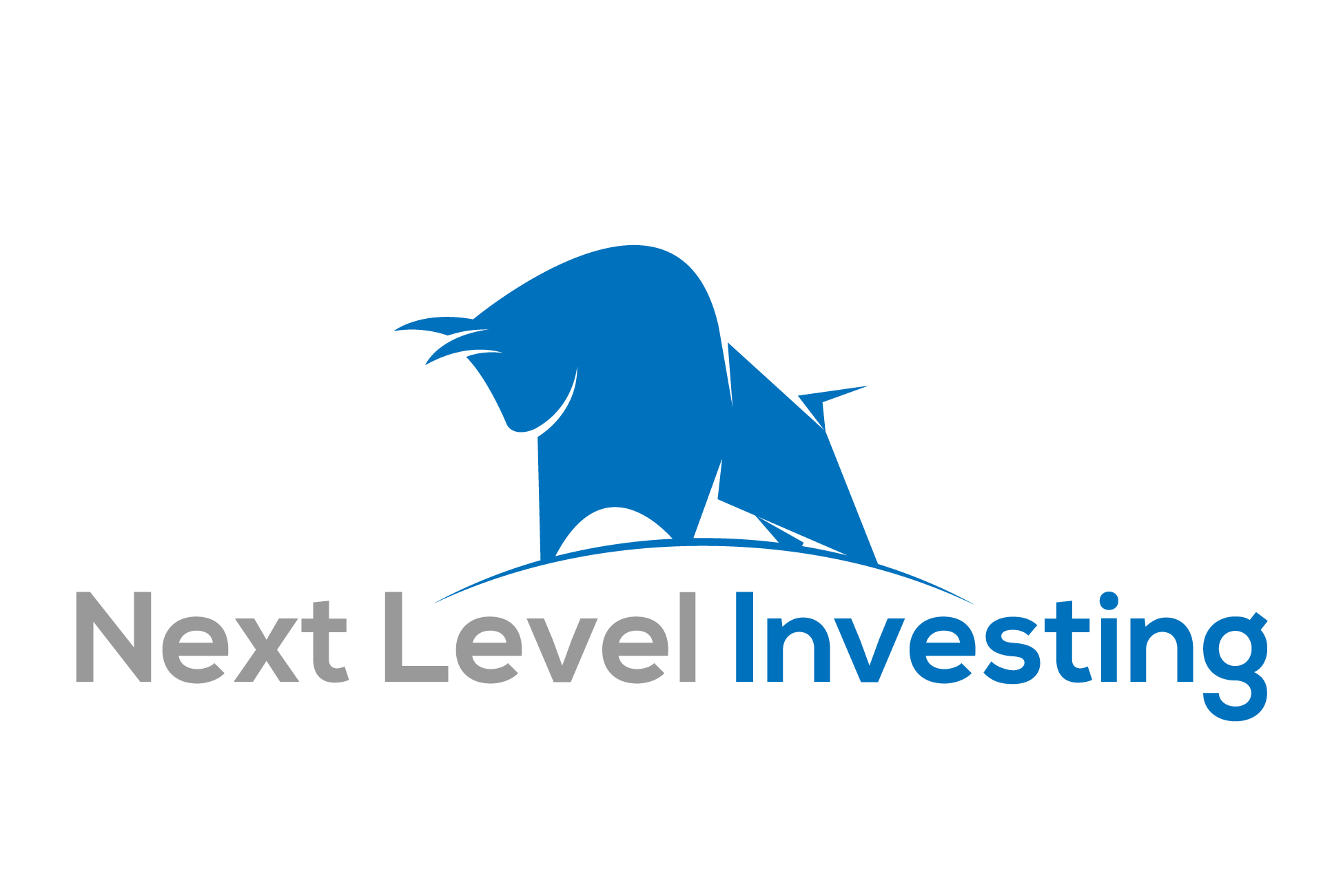Finding the right CEO is so crucial to investing, it’s almost impossible to overstate. The problem is, it’s one of the most difficult areas of investing to accurately assess. There are really no good ways to quantify a person's character. Sure, you can look at the returns on Equity and Invested capital (and you should), but judging a CEO’s ability is more qualitative than it is quantitative, and for us, that makes things tricky.
The truth is, sometimes you need a great leader to run a great business. This is where we will find super-normal returns. When we combine a great leader with a great business, anything is possible. That’s why understanding the management team, before we invest, is so important. We need to be able to figure out if the individual leading the company is going to do so in a way that will realize long-term value for the business (And consequently, for us as shareholders).
Here’s what Phil Town Author of Rule 1 Investing has to say:
‘The guy or gal who runs things is critical. You don’t get a great company without a great CEO. Don’t fall for CEO jargon and hype phrases. The numbers don’t lie, and if a CEO isn’t explaining what happened candidly in the letter to the owners, how can you trust him/her. If you can’t trust him/her, you can’t buy the business’.
Here’s what we’ll cover today
1. What we’re looking for in a CEO
2. 5 Characteristic every ‘Next Level’ CEO should have
3. Learning from Buffett
4. Fox vs Hedgehog (This will make sense later)
5. The ‘Stop Doing’ list
6. Conclusion
What we’re looking for
We don’t want just ‘OK’ leadership, we want ‘Next Level’ leadership. What is a Next Level CEO you ask? Well, it’s a leader who will buy back shares when they’re cheap. They will make our money work hard for us, (because it really is our money) and if they can’t make a good return with excess capital, they should be giving that money back to us (in the form of dividends). We want a CEO who’s focused on the long-term growth of the business, not someone who’s only in it for the money. We want a CEO who has a Big Hairy Audacious Goal, and is constantly working to achieve it. Here’s what I mean:
A Next Level CEO is driven - They live and breath the company, it’s all they talk about. They jump out of bed in the morning excited about their day, and can’t wait to accomplish their goal. That goal is usually a big hairy audacious goal (BHAG) as Jim Collins calls it. It’s something bold, something difficult, and often, something great. That’s what drives them, it’s what gets them so excited in the morning, and makes them stay late. It’s the driving force.
A Next Level CEO is shareholder oriented - his/her interests are aligned with those of the shareholders. They are in it for the long term, and won't do stupid things short term, just to get a little bonus. They care about the longevity of the business more than they care about their paycheck.
A Next Level CEO has Credibility. They will tell you the truth 100% of the time, not 90%. Warren Buffett once said “It takes 20 years to build a reputation, and only five minutes to destroy it”. This is the same with credibility. If times are tough, it will be much more of a test for the CEO to tell us like it is. It will be at these times in the business when the CEO’s credibility will be truly tested.(1)
A Next Level CEO will be Competent. They should have a deep understanding of the business they are in, and should show a willingness to grow and adapt. They will also prove they understand the five responsibilities of the Next Level CEO (2):
1. Own the Vision
2. Provide the Proper Resources
3. Build the Culture
4. Make good decisions
5. Oversee and deliver the company’s performance goals
Here’s the thing, sometimes you don’t know the true character of a CEO until they’re backed into a corner. I found this out the hard way, and I don’t like making the same mistakes twice...
Luckily for us, there are a few examples out there of Next Level CEO’s. Today we’re going to focus on one in particular: Warren Buffett. He provides us with the ideal CEO archetype we’re always looking for. By studying how Buffett behaves as a leader, we can learn what to look for in others. The only thing we really have control over is deciding which CEO and business to invest our hard earned money into. We can learn to stack the odds in our favor by focusing on underpriced companies, with great long term prospects. However, after that, it’s up to management to drive the business.
5 Characteristics every CEO should have
I believe there are a five key things to look out for, when determining if the company does in fact, have a great CEO at the helm. (Note: most of the grunt work is done through research on the CEO. I like to read the quarterly and annual reports that the company must issue, as well as googling the CEO and reading all the articles about that person. This is an important step, so take your time.)
Here’s Five attributes that make up a ‘Next Level’ CEO:
First -A Next Level CEO will use team talk instead of egocentric language. What this means is that you want the CEO to use the term ‘WE’ a lot, or talk about how well everyone else did, and how it was a team effort. You want a CEO who doesn’t take personal credit for the company's achievements and instead, praises the work of the employees.
Second - A Next Level CEO will blame his/her success and the company's success on luck.
Luck seems to be the magic word when it comes to having a great CEO, so keep on the lookout for it in the 10 Q’s and 10 K’s (quarterly reports, and annual reports).
Third - A Next Level CEO will be an owner of the company, and should be a buyer of the company's shares, when they are at a good value. This helps to align his/her interest with that of the shareholders. They will not sell shares in advance of release of some bad news. Though you may see them sell shares to support a charity.
Fourth - A Next Level CEO doesn’t require a ridiculous salary, but would be happy to make money alongside the shareholders, through the growth in the underlying value of the company, thus lifting the share price. They should be doing the work because they love it, not for the money.
Fifth - A Next Level CEO will openly and honestly admit when something is not going as planned, or they failed to meet their goals. They will admit to the problems up front, and discuss how they plan to fix them.
“The CEO is going to be the final deciding factor for whether we really want to own his company. The CEO determines the focus of the company, the happiness of the people working there, and ultimately, the return-on-investment we’re going to get when we buy the whole thing. CEO’s who stick to their knitting and who focus on what they do well, are the right CEO’s for us.” -Phil Town
Buffett’s Honesty and integrity
Here’s an excerpt from Berkshire Hathaway’s 2016 letter to shareholders. In bold you’ll find Buffett’s amazing ability to own up to all the mistakes he’s made in the past. Pay special attention to the way he addresses the shareholders… This is what we should be looking for in a CEO.
“We’ve experienced both outcomes: As is the case in marriage, business acquisitions often deliver surprises after the “I do’s.” I’ve made some dumb purchases, paying far too much for the economic goodwill of companies we acquired. That later led to goodwill write-offs and to consequent reductions in Berkshire’s book value. We’ve also had some winners among the businesses we’ve purchased – a few of the winners very big – but have not written those up by a penny.
I earlier described our gradual shift from a company obtaining most of its gains from investment activities to one that grows in value by owning businesses. Launching that transition, we took baby steps – making small acquisitions whose impact on Berkshire’s profits was dwarfed by our gains from marketable securities. Despite that cautious approach, I made one particularly egregious error, acquiring Dexter Shoe for $434 million in 1993. Dexter’s value promptly went to zero. The story gets worse: I used stock for the purchase, giving the sellers 25,203 shares of Berkshire that at yearend 2016 were worth more than $6 billion.
That wreck was followed by three key happenings – two positive, one negative – that set us firmly on our present course. At the beginning of 1996, we acquired the half of GEICO we didn’t already own, a cash transaction that changed our holding from a portfolio investment into a wholly-owned operating business. GEICO, with its almost unlimited potential, quickly became the centerpiece around which we built what I believe is now the world’s premier property/casualty business.
Unfortunately, I followed the GEICO purchase by foolishly using Berkshire stock – a boatload of stock – to buy General Reinsurance in late 1998. After some early problems, General Re has become a fine insurance operation that we prize. It was, nevertheless, a terrible mistake on my part to issue 272,200 shares of Berkshire in buying General Re, an act that increased our outstanding shares by a whopping 21.8%. My error caused Berkshire shareholders to give far more than they received (a practice that – despite the Biblical endorsement – is far from blessed when you are buying businesses).
Early in 2000, I atoned for that folly by buying 76% (since grown to 90%) of MidAmerican Energy, a brilliantly-managed utility business that has delivered us many large opportunities to make profitable and socially-useful investments. The MidAmerican cash purchase – I was learning – firmly launched us on our present course of (1) continuing to build our insurance operation; (2) energetically acquiring large and diversified non-insurance businesses and (3) largely making our deals from internally-generated cash. (Today, I would rather prep for a colonoscopy than issue Berkshire shares.)”(3)
See how open and honest Buffett is? If he makes a mistake, he immediately owns it. No blaming others, or bad luck, or any other BS. He just tells it like it is. This is exactly what we’re looking for.
Do we want a Fox or a Hedgehog?
I know, weird question. But, Jim Collins, one of the most celebrated academics in the field of management, asks this thought experiment: Fox or Hedgehog?
“Picture two animals: a fox and a hedgehog. Which are you? An ancient Greek parable distinguishes between foxes, which know many small things, and hedgehogs, which know one big thing. All good-to-great leaders, it turns out, are hedgehogs. They know how to simplify a complex world into a single, organizing idea—the kind of basic principle that unifies, organizes, and guides all decisions. That’s not to say hedgehogs are simplistic. Like great thinkers, who take complexities and boil them down into simple, yet profound, ideas (Adam Smith and the invisible hand, Darwin and evolution), leaders of good-to-great companies develop a Hedgehog Concept that is simple but that reflects penetrating insight and deep understanding.”(4)
We want the CEO to be singularly focused on a large idea. This happens once they define what their ‘Hedgehog’ strategy will be. For Munger and Buffett, they began to define a new strategy in the 1990’s…
“By the early 1990s, however, our focus was changing to the outright ownership of businesses, a shift that materially diminished the relevance of balance sheet figures. That disconnect occurred because the accounting rules (commonly referred to as “GAAP”) that apply to companies we control differ in important ways from those used to value marketable securities. Specifically, the accounting for businesses we own requires that the carrying value of “losers” be written down when their failures become apparent. “Winners,” conversely, are never revalued upwards.”(3) - Warren Buffett
Since then, they have been looking for great businesses that they can buy outright.They believe this will have a larger material impact on book value, and subsequently, shareholder value.
“It’s our job, though, to over time deliver significant growth, bumpy or not. After all, as stewards of your capital, Berkshire directors have opted to retain all earnings. Indeed, in both 2015 and 2016 Berkshire ranked first among American businesses in the dollar volume of earnings retained, in each year reinvesting many billions of dollars more than did the runner-up. Those reinvested dollars must earn their keep.”(3) -Warren Buffett
Like Buffett and Munger, (a couple of regular Hedgehogs) we want to find the mentality of a Hedgehog in the CEO’s we’re investing in. Jim says we should want management to have a singular consuming goal. They need to be able to ask the difficult questions like “why do we suck” and more importantly, they need to figure out what they (and the business they are in) can be the absolute best at.
The ‘Stop-doing’ List
Almost every CEO has a to-do list. It’s that sometimes long list of things that need to get done, hopefully organized in order of most important to least important. However, how many CEO’s have a Stop-doing list? Probably not as many. We all know that great leaders can make things happen. If they can apply pressure in the right areas, and give the ball a push, they can really begin to build momentum in the business, and will create a much stronger business because of it.
It’s also true that great leadership is distinguished by the unyielding discipline to stop doing anything (and everything) that doesn’t fit in with the hedgehog concept. Here’s an example:
When Darwin Smith and his management team crystallized the Hedgehog Concept for Kimberly-Clark, they faced a dilemma. On one hand, they understood that the best path to greatness lay in the consumer business, where the company had demonstrated a best-in-the-world capability in its building of the Kleenex brand. On the other hand, the vast majority of Kimberly-Clark’s revenue lay in traditional coated-paper mills, turning out paper for magazines and writing pads—which had been the core business of the company for 100 years. Even the company's namesake town—Kimberly, Wisconsin—was built around a Kimberly-Clark paper mill.
Yet the brutal truth remained: The consumer business was the one arena that best met the three-circle test. If Kimberly-Clark remained principally a paper-mill business, it would retain a secure position as a good company. But its only shot at becoming a great company was to become the best paper-based consumer company—if it could take on such companies as Procter & Gamble and Scott Paper Co. and beat them. That meant it would have to “stop doing” paper mills.
So, in what one director called “the gutsiest decision I've ever seen a CEO make,” Darwin Smith sold the mills. He even sold the mill in Kimberly, Wisconsin. Then he threw all the money into a war chest for an epic battle with Procter & Gamble and Scott Paper. Wall Street analysts derided the move, and the business press called it stupid. But Smith did not waver.
Twenty-five years later, Kimberly-Clark emerged from the fray as the number-one paper-based consumer-products company in the world, beating P&G in six of eight categories and owning its former archrival Scott Paper outright. For the shareholder, Kimberly-Clark under Darwin Smith beat the market by four times, easily outperforming such great companies as Coca-Cola, General Electric, Hewlett-Packard, and 3M.(4)
As you can see, Smith gave one gigantic push on the ball, and really got things rolling. After that, it took a series of very small and precise pushes to keep the ball moving in the right direction. If a CEO can guide a business like this, build the momentum and keep it moving in the right direction, that’s when you’ll see greatness. And that’s where we’ll find the biggest returns on our investment.
Conclusion
As you can probably tell, a great CEO will not be easy to find, and why should it be? If we really want to do better than the average investor, we have to do things differently, and more importantly, we have to do them better. This takes work, and with investing (Like with most things) the reward is worth the effort.
So, next time you’re doing research on a company, look back at this post and ask yourself these two simple questions:
1. Is this person a Next Level CEO? (Like Buffett) &
2. Are they a Hedgehog or a fox?
Asking these simple questions will serve you well before you make any investment decision. After all, the goal isn’t to do good, it’s to do great!
Thanks for reading
We’ll talk again soon,
~Ryan Chudyk~
Before you go, don’t forget to sign up to my newsletter, to receive your free Next Level Investing Checklist.
More about Buffett:
Buffett’s History with Berkshire Hathaway, and his Amazing new HBO Documentary.






Leave a Reply
Get in the Conversation, Share your opinion.